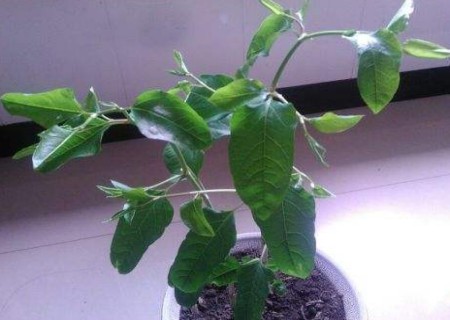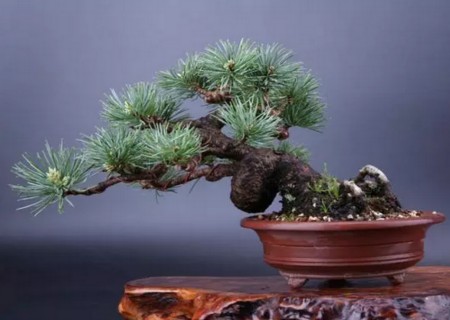How to reproduce Paeonia lactiflora
Paeonia lactiflora has a wide range of uses, the most important of which is to be used as open-ground perennial flowers. Because it has the characteristics of color, fragrance and rhyme, Chinese classical gardens are often decorated with peony planted in rockery trees. Paeonia lactiflora not only can be planted in the ground, but also can be used as a material for potted and cut flowers. When the flowers are in bloom, pick a few flowers and put them in a bottle to raise them in water, which can make the house brighter.
The planting of Paeonia lactiflora can be planted in other periods except during the period from post-flowering bud to full bud, which is generally carried out at the same time as ramet propagation. Although it can be planted in spring, the arrangement of planting sites should be convenient for viewing and rich in hierarchical changes. The traditional propagation methods of Paeonia lactiflora are ramet, sowing, cutting, pressing, root cutting and so on. The following editor will introduce these propagation methods, hoping to help the majority of netizens.

1. Ramet propagation
The ramet effect is the best from late September to early October. First dig out the roots of the mother plant, dry for one day, and then cut the roots according to the natural shape of the roots of peony, each clump of roots with 4-5 buds. Apply a little sulfur powder to the cut of the root to prevent bacteria from invading, and then dry for 1-2 days and plant separately.
Ramet is the most commonly used propagation method of Paeonia lactiflora. This method is basically used to propagate seedlings in peony producing areas. It has three advantages: first, it blossoms earlier than sowing method, sowing seedlings blossom for 4 ~ 5 years, while seedlings can blossom every other year. Second, the ramet operation is simple and easy, labor-saving management, which is conducive to wide application. Third, it can maintain the excellent characters of the original variety. The disadvantage is that the reproduction coefficient is low, and the three-year-old mother plant can only be divided into 3-5 daughter plants.
2. Sowing and reproduction
Sow in autumn and take root in the same year. Before sowing, pick ripe seeds and even sow them. After sowing, the seeds are covered with a layer of fine sand, which is often kept moist, and the seedlings grow so slowly that it takes 3 to 4 years for the plants that take root to blossom.
The seeds of Paeonia lactiflora should be sowed immediately after harvest. With the delay of sowing time, the seed water content decreased and the germination rate decreased. The seed has the characteristics of double dormancy of Hypocotyl and Hypocotyl. After sowing, the soil temperature in autumn makes the Hypocotyl of the seed release dormancy and the radicle develops and takes root. The better it takes root in that year, the more exuberant it will grow in the coming year. If sowing too late, the ground temperature can not release the Hypocotyl dormancy, can not bear very much, the germination rate will be greatly reduced in the following spring.
3. Cuttage propagation
The effect of cutting cuttings of Paeonia lactiflora in the middle of July is the best, which can take root and form dormant buds 20-30 days after cutting. After taking root, the amount of water spraying and watering should be reduced, and the plastic shed and sunshade should be removed gradually. The cuttings grow slowly and need to be covered with soil on the bed to survive the winter, and then moved to the open field for planting the following spring.
4. Striping propagation
In spring, the young buds unearthed soon after they are unearthed will pass through the pots of the flowerpots and be introduced into the flowerpots with a diameter of 15cm to 20cm. They will gradually fill the soil with growth, keep the potted soil moist, take root in summer, and cut off the stems under the pots before winter to form a potted peony.
5. Root cutting propagation
The roots of Paeonia lactiflora were cut off in autumn and cut into 5-10 cm root segments, which were inserted into deep-turned and flat ditches with a depth of 10-15 cm, covered with fine soil 5-10 cm thick, and watered thoroughly.
Ramet propagation is widely used in production because of its simple operation and convenient management. In addition, the flowering of seedlings bred by ramet propagation is earlier than that of sowing and breeding, and it is also beneficial to the maintenance of the excellent characters of the varieties.
With the improvement of living standards in the past two years, more and more people begin to pay attention to health preservation, coupled with the support of the national policy of returning farmland to forests, people's understanding of peony is no longer a simple category of ornamental and medicinal use!
Time: 2019-06-09 Click:
- Prev

Fertilization method of five-needle pine bonsai
This tree species is one of the more valuable five-needle pine, generally as a bonsai selection, ground planting is rare. Five-needle pine does not require high fertility, fertilization should not be too much and too thick, too much fertilization will make shoots grow, needles longer, hindering ornamental value. Five-needle pine is more cold-resistant, shade-resistant and likes slightly acidic soil with good drainage.
- Next

Modeling technology of triangular plum / leaf flower bonsai
Triangular plum (that is, leaf flower) flower bracts are large, colorful as flowers, and last for a long time, planted in Yiting garden or pot ornamental. It can also be used for bonsai, hedges and trimming. Triangular plum is of high ornamental value and is used as a wall for climbing flower cultivation in southern China. Every Spring Festival, green leaves set off bright red bracts
Related
- Fuxing push coffee new agricultural production and marketing class: lack of small-scale processing plants
- Jujube rice field leisure farm deep ploughing Yilan for five years to create a space for organic food and play
- Nongyu Farm-A trial of organic papaya for brave women with advanced technology
- Four points for attention in the prevention and control of diseases and insect pests of edible fungi
- How to add nutrient solution to Edible Fungi
- Is there any good way to control edible fungus mites?
- Open Inoculation Technology of Edible Fungi
- Is there any clever way to use fertilizer for edible fungus in winter?
- What agents are used to kill the pathogens of edible fungi in the mushroom shed?
- Rapid drying of Edible Fungi

